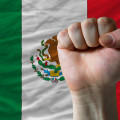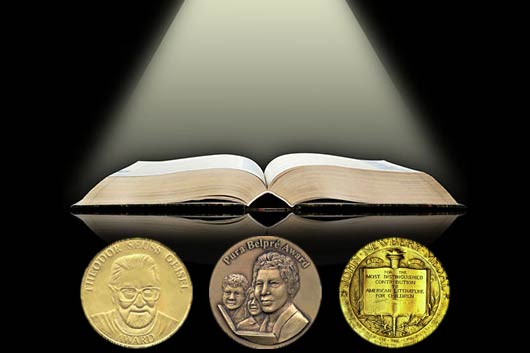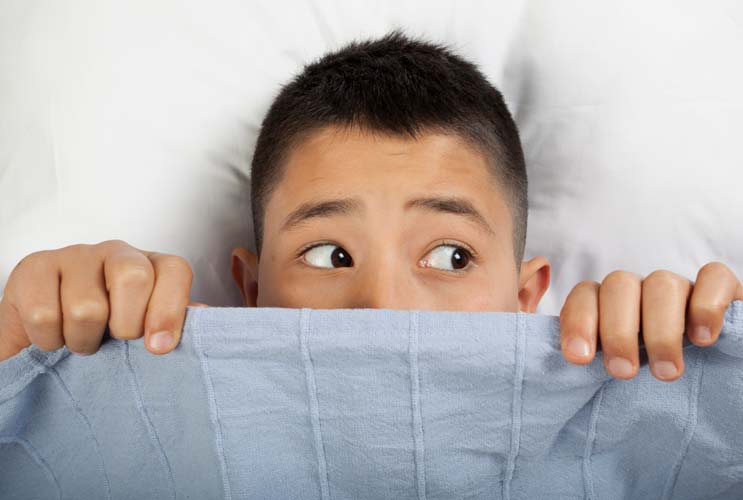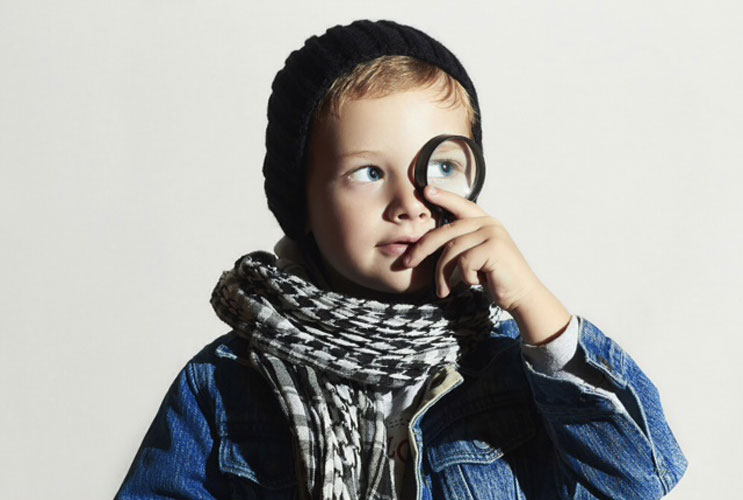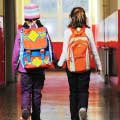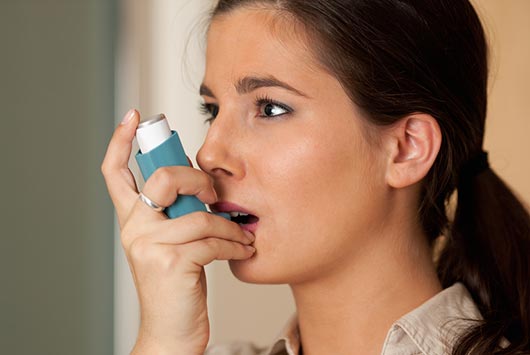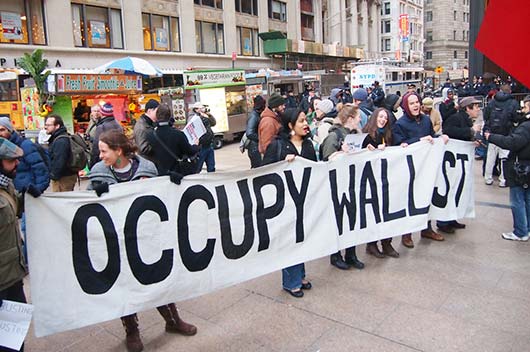
Teaching our children by example is the fastest and most efficient method. On day 47 of the Occupy Wall Street protest, a movement that started in New York City when a group of patriotic Americans took over Zuccotti Park to protest corporate greed and corruption, I took my nine-year-old to witness democracy in action. My young son went against his wishes and fought me the entire subway ride downtown from our comfortable doorman-protected apartment building.
I decided to brave the alleged assaults, rapes, chaos and crazy being reported by mainstream tabloids and join the peaceful protesters with my youngest child at the makeshift tents where hundreds have gathered from sun up to sundown because we are part of the 99 percent of Americans affected by the Great Recession. As a working class family of writers, we live in the grotesque gap between the haves and the have-nots, a gap that has grown insanely large since the 1970’s. Consider that according to the Congressional Budget Office, between 1979 and 2007, the top income of the top 1 percent of Americans grew by almost 300 percent. During the same period, 60 percent of middle class incomes saw their scale grow by a paltry 40 percent. Wall Street was bailed out—and to adopt a popular phrase, main street was left holding the check.
To be clear, while my family may be part of the income ‘have not’ we have plenty of wealth in the area of spirit and justice and desire to live in a more equitable society.
Teaching my son history that cannot be learned in textbooks is important to me as a parent. This latest history lesson became more urgent one morning two weeks ago, when during our morning ritual of breakfast with the news, I casually mentioned to him that we’d be going downtown to show solidarity with the protesters. “We are part of the 99 percent,” I told him. To my shock, my son shrieked, declaring with a firm attitude that only a pre-teen can muster, “There is no way I am going to Occupy Wall Street mom, you have gone mad!”
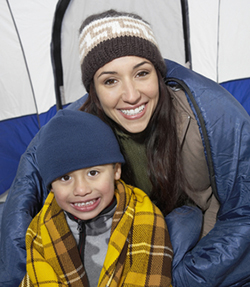 THEY PUT LATINOS IN JAIL, DON’T THEY?
THEY PUT LATINOS IN JAIL, DON’T THEY?
My fourth grader’s biggest fears were well founded. Day after day on the news that spills into our living room and enters our headspace, we hear about the arrests, assaults and violence caused by the protestors. The message of why hundreds of men and women are braving the cold weather and police abuse seems to be getting lost. As a reminder, check out the Declaration of the Occupation of New York City. My son’s biggest worries were getting arrested and going to jail, and he told me so. Considering that there are more young Latino and black men in prison than in college dorm rooms—almost 70 percent of prisoners are racial and ethnic minorities—my son’s healthy aversion to arrest and incarceration is not only well founded, but it is healthy and by the way, encouraged! But, I explained to him that he need not fear arrest because he has the right to peacefully protest without getting arrested. Our right to free speech is at the heart of American democracy. This, I told him, is not a privilege that many people in other countries possess, where merely saying that you support something like a Zuccotti Park demonstration can get you jailed, maimed or even killed! It is a right worth teaching and worth protecting. And it is a right worth witnessing, something that I felt he needed to see firsthand.
STAND TALL FOR WHAT YOU BELIEVE
I also wanted to teach my son a healthy dose of why it’s important to stand up for your beliefs. Nothing in this nation—Women’s Suffrage, farm workers rights, Civil Rights, a woman’s right to choose, gay marriage equality, to name a few—has been achieved without peaceful protest. Complacency with inequality, exploitation, racism, anti Semitism, sexism, homophobia or any other -isms creates a fragile society, leading to death camps, genocide and more. It was a lesson in anti-bullying which he understood or another take on that popular anti-terrorism slogan, ‘If you see something, say something.'”
I do not want to raise a complacent child. As Brett Harris writes in his book, Do Hard Things: Teenage Rebellion Against Low Expectations, “complacency is a blight that saps energy, dulls attitudes and causes a drain on the brain. The first symptom is satisfaction with things as they are; the second is rejection of things as they might be. It makes people fear the unknown, mistrust the untied and abhor the new.”
To me visiting the protest site wasn’t just about showing up, my son needed to donate a precious something. I gave him suggestions: His newest toy? A favorite comic book? His Halloween candy? To my surprise, my fourth-grader agreed to donate his beloved and hard earned sweets.
As soon as we arrived to the ground zero of the demonstration that has now spread to more than 70 cities across the nation, I saw on his face the awe of the moment, the movement and an impactful history lesson. He quickly began to ask questions: How long have they been here? Why are they here again? “This is cool,” he exclaimed as he peeked inside some of the tents! My nine-year-old immediately began to engage protesters along the way in conversation, peppering them with queries. “Why are you here,” he asked each person he met as we made our way around the tents. “Because we bailed out the banks, and they won’t play fair,” one young man told him. “Because I was just laid off from my job on Wall Street, and I want to help bring a human face to poverty,” said another young man in a suit. “For students like you!” declared a young philosophy and history professor from a local college.
QUESTIONS AMID SOLIDARITY
The protesters were diverse in age, gender, race and ethnicity and interestingly, political views. They were incredibly orderly and organized too. I felt safe. Because we went around dinnertime we were asked if we were hungry. My son wanted to dine with the protesters, and while the meal looked gourmet, I declined. We had dinner waiting at home. Besides, this was about giving not taking. One protester on food duty gave my child an organic oatmeal cookie, which he munched on as he talked to a veteran, who told him he couldn’t find a job since returning from Afghanistan.
My son and I walked to the info desk where we were told we could donate his candy. And then, the most amazing thing happened. One of the protesters started a mic check. Since the protesters are not permitted to use amplified sound, they use the human microphone to communicate. It works brilliantly: one person starts the message and yells into the crowd, the crowd then repeats. The echo chamber and reaction started for my son. Mic check, one young man yells, “Neruda!” The crowd hollered back, “Neruda.” “He’s a nine-year-old boy…He’s a nine-year-old,” was repeated, “just donated his Halloween candy.” The crowd erupted in cheers. People came up to my son to thank him, shake his hand, fist bump, high five and every now and then, ask for a Now & Later, Sour Patch candy, and Snickers bar before the bag disappeared onto the food table. One older man patted his back and encouraged him to run for president when he grows up! “Do you know how hard it is for a kid to give up his Halloween candy?” he said. “Kid, you’re gonna make a great president someday!”
Neruda was elated.
We walked around some more. My son spoke at length to another veteran about why he was protesting, another unemployed soldier story. He spoke to a cop named Charlie, who confirmed for him that not all cops want to pepper spray demonstrators. The officer encouraged my son to come again for cops, too, are part of the 99 percent. And he told him that it’s hard paying a mortgage and college tuition for his kids. But it was Coon, a homeless poet from North Carolina pushing his 16-month-old beautiful baby girl, Chloe, in a stroller who captured my son’s imagination. The man was selling a peace necklace or a poem for a dollar. He needed to raise $60 for a hotel that night. His goal, he said, is to sell a million poems to be able to pay rent for his family in a decent apartment. My son engaged the young blond man with the overgrown beard for 15 minutes on why he was homeless, how he planned to find a home and a job to feed his family. We ended up buying a poem and a peace necklace, which my boy proudly wore to sleep that night.
AN AWAKENING
Somewhere between the subway ride and the protest, my kid’s life was profoundly touched. I know this because on our way back, after spending several hours inside the park, my son asked me for some change. I gave him all of the coins I had in my wallet and he ran back and gave it to a homeless man sitting on the stoop of our subway stop. He told me that his heart breaks even more now to know that a human being does not have a home to live in. Getting involved to change that is important, including, he said, giving them a few extra coins, if we have the money.
“When I look into a homeless person’s eyes, I see myself,” my son told me. “That could be me. That could be daddy. That could be my brother. That you could you! Let’s never forget them, mommy,” he declared or implored, I wasn’t sure.
What I am certain about is that those were powerful words from the mouth of a babe. In going to Occupy Wall Street my young son learned something that history books and schools could not teach him. To fight for dignity and justice is not only a noble thing, but a human must. An American tradition, even! Today you may protest on behalf of others, tomorrow, it may be you. And to see my young child understand the universal law, that we are one, is a most profound thing to experience as a mother.


